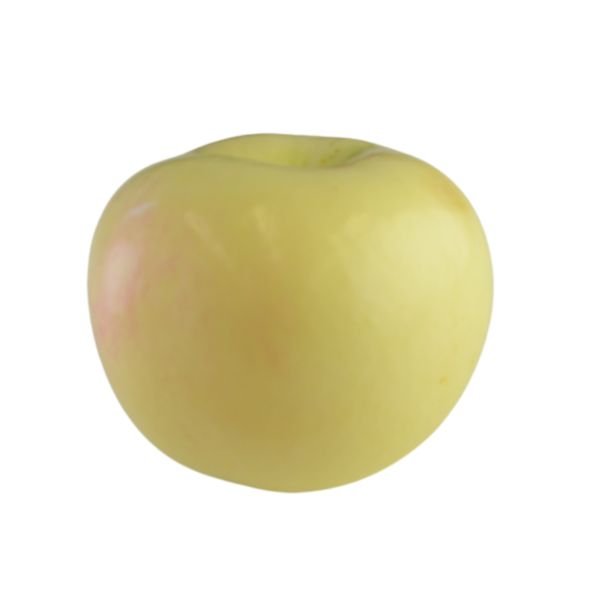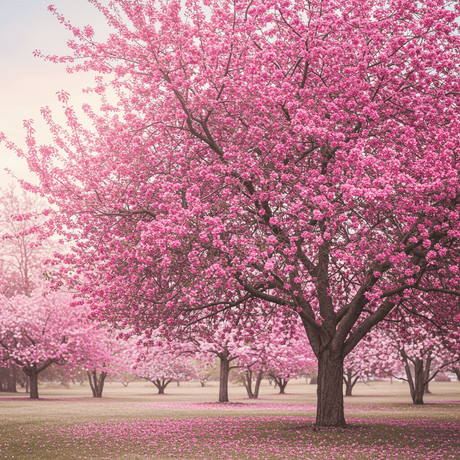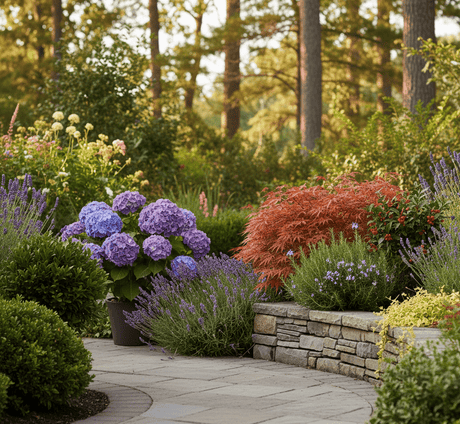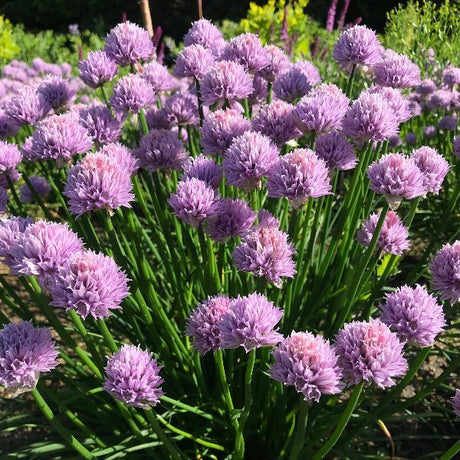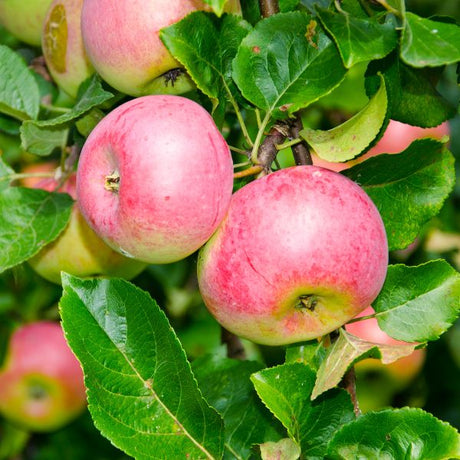Wodarz Apple Tree
Malus 'Wodarz'
- Stay Protected with Plant Sentry ™
Wodarz Apple Tree is backordered and will ship as soon as it is back in stock.
Plant Sentry™
Plant Sentry™

Plant Sentry™ Protected
Your order is protected by our compliance system that:
- Prevents restricted plants from shipping to your state
- Ensures plants meet your state's agricultural requirements
- Protects gardens from invasive pests and diseases
Delivery and Shipping
Delivery and Shipping
Delivery and Shipping
Fast, Safe Plant Delivery
Ships in 3-4 business days • Tracking provided • Weather protected
| Under $50 | $9.99 |
| $50 - $99.99 | $14.99 |
| $100 - $149.99 | $16.99 |
| $150 - $198.99 | $24.99 |
| $199+ | FREE |
✓ Zone-specific timing • ✓ Professional packaging • ✓ Health guarantee
Understanding Plant Options
Nature Hills offers plants in two main formats:
- Container Plants: Grown in pots with soil, sized by container volume and plant age
- Bare Root Plants: Dormant plants without soil, sized by height measurements
Container Plant Sizes
Container sizes indicate plant age and growing capacity rather than liquid volume equivalents. Our containers follow industry-standard nursery "trade gallon" specifications, which differ from standard liquid gallon measurements.
Young Plants (6 months to 18 months old)
| Container Size | Actual Volume | Metric Equivalent |
|---|---|---|
| 2" x 2" x 3" | 0.18 - 0.21 dry quarts | 0.20 - 0.23 dry liters |
| 4" Container | 0.31 - 0.87 dry quarts | 0.35 - 0.96 dry liters |
| 4.5" Container | 0.65 dry quarts | 0.72 dry liters |
| 6" Container | 1.4 dry quarts | 1.59 dry liters |
| 1 Quart | 1 dry quart | 1.1 dry liters |
| 5.5" Container | 1.89 dry quarts | 2.08 dry liters |
Established Plants (18 months to 2.5 years old)
| Container Size | Actual Volume | Metric Equivalent |
|---|---|---|
| 2 Quart | 2 dry quarts | 2.2 dry liters |
| #1 Container | 2.26 - 3.73 dry quarts | 2.49 - 4.11 dry liters |
| 5" x 5" x 12" | 3.5 - 4.3 dry quarts | 3.85 - 4.74 dry liters |
Mature Plants (2-4 years old)
| Container Size | Actual Volume | Metric Equivalent |
|---|---|---|
| #2 Container | 1.19 - 1.76 dry gallons | 5.24 - 7.75 dry liters |
| #3 Container | 2.15 - 2.76 dry gallons | 8.14 - 12.16 dry liters |
Large Plants (3-5 years old)
| Container Size | Actual Volume | Metric Equivalent |
|---|---|---|
| #5 Container | 2.92 - 4.62 dry gallons | 12.86 - 20.35 dry liters |
| #6 Container | 5.25 - 6.01 dry gallons | 23.12 - 26.42 dry liters |
| #7 Container | 5.98 - 6.53 dry gallons | 26.34 - 28.76 dry liters |
Bare Root Plants
Bare root plants are sold by height from the root system to the top of the plant. Plants may exceed minimum height requirements.
Common Sizes:
- Trees: 1 foot, 2 feet, 3 feet, 4 feet, 5 feet, 6 feet
- Shrubs & Perennials: 1 foot, 18 inches, 2 feet
Important Notes
Container Volume Specifications
- Trade Gallon Standard: Our containers follow industry-standard "trade gallon" specifications established by the American National Standards Institute (ANSI Z60.1) for nursery stock
- Volume Variations: Actual soil volume may vary due to plant root systems and growing medium settlement
- Age Indicators: Container size primarily indicates plant age and maturity rather than liquid volume equivalents
Growing Conditions
- Plant size can vary based on variety and growing conditions
- Container size helps indicate plant maturity and establishment level
- Larger containers generally mean more established root systems and faster landscape establishment
Seasonal Availability
- Bare root plants are available seasonally when dormant
- Container plants are available throughout the growing season
- Specific varieties may have limited availability in certain sizes
Questions?
For questions about specific plant sizes or availability, please contact our plant experts who can help you choose the right size for your landscape needs.
Plant Highlights
Wodarz Apple Tree highlights at a glance!
-
Botanical Name
-
Brand
-
Growing Zones3, 4, 5, 6, 7, 8
-
Growth RateModerate
-
Mature Height
-
Mature Width
-
Leaf Color
-
Flower Color
-
Fall Color
-
Pollinator FriendlyYes
-
Pollinator Required
-
Bloom PeriodEarly Spring, Late Spring
-
FragrantYes
Characteristics
Where To Plant
When To Prune
- Late Winter
Water & Moisture Needs
- Moderate
Sunlight Needs
Soil Needs
- Well Drained Soil
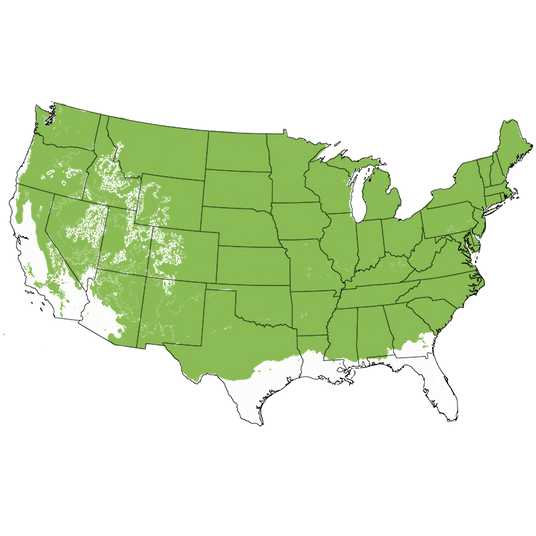
Growing Zones
Sweet - but won't win any beauty pageants, the knobby green Wodarz Apple (Malus 'Wodarz') features a red blush and not the prettiest shape. But looks aren't everything, right? A popular heirloom Apple selection, Wodarz is very sweet and stores well!
Flavorful and juicy, the firm white flesh is as pretty as the fragrant white spring blossoms! Bees and butterflies flock to these drifts of blooms and fill up on their rich pollen and nectar! The lush green foliage fills out the tree throughout the summer as the fruit ripens in the sun. Fully ripe in the late season month of late September, these are fantastic fresh eating and cooking fruit!
Wodarz Apple displays some Fireblight resistance and is very cold-hardy throughout USDA growing zones 3 to 8. Jointly released in 1978 as Wodarz by the University of North Dakota's Agricultural Experiment Station and the Wodarz family, this Apple is an easy-to-harvest semi-dwarf size! This tree is not entirely self-pollinating and does need a pollination partner.
Planting and Application:
Heirloom Wodarz Apples look as pretty as any other flowering ornamental tree! Their smaller size means a world of landscape uses as long as you have a sunny location in need of some interest! Front yards gain a pretty flowering tree in the spring, a lush yard accent tree all summer, followed by drool-worthy fruiting gems in the autumn that will make all the neighbors jealous!
The smaller size also means easy harvest, and easily accommodating Wodarz with one of its pollinator trees - the Dolgo Crabapple or the Wealthy Apple Tree. This way both trees will produce an exceptional harvest! Plant in groupings or in your orchard where everyone benefits from the increased pollinator-drawing power.
Or try planting a linear orchard by using your fruiting trees and shrubs as an edible hedgerow that doubles as privacy screens and property definition! No room? Try high-density planting techniques to suit even the smallest landscape!
- Fantastic Heirloom Green Apple With Red Blush
- Sweet & Firm For Fresh Eating, Cooking & Stores Well
- Fragrant White Spring Blooms For Pollinators
- Ripens in September
- Pollinates With Wealthy Apple & Dolgo Crabapples
- Specimens, Edible Landscaping, Hedgerows & Groupings
#ProPlantTips for Care:
How to grow Apple Trees? Easy to grow, fruit trees just require full sun and well-drained soil to do their best, and will not tolerate excess water or poor drainage. Plant in rich, organically amended well-drained soil, plus a good layer of mulch over the root system's surface to further hold in moisture and insulate the roots from heat and cold. Apples need consistent watering, especially during summer for higher yields. It's best to protect your investment with a regular watering schedule during times of need.
Because it's such a heavy-producing tree, an important part of Apple tree care is to thin out the fruit in the spring. Branches can break under the weight of all that beautiful fruit. Pruning is best done in late winter when the tree is dormant in the late winter or very early spring. Prune to keep an open canopy that allows plenty of sunshine and air circulation.
- Full Sun For The Most Blooms & Fruit
- Well-Drained Enriched, Mulched Soil
- Regular Moisture Access
- Chill hours 700-800 hours
- Somewhat Tolerant to Fireblight
Wodarz Apple Trees may not be the prettiest heirloom Apple out there, but they will win your heart with their sweetness and dependability! Order now at Nature Hills!
Wodarz Apple Tree Frequently Asked Questions
When to Plant Apple Trees?
Planting Bareroot trees as soon as you can dig a hole in spring and until hot weather, the earlier the better. Plant container Apple trees throughout the growing season with complete success - that is the benefit of container plants - to extend the planting season. Your County Agricultural Extension Office is a great resource for first and last frost dates in your area.
How to Plant Wodarz Apple Trees
Dig a large hole only as deep as needed to accommodate the bareroot or container root ball, and twice as wide. Add Nature Hills Root Booster to speed root establishment. Remove the pot or bag and situate it into the hole so the top of the soil (soil line if bareroot), is level with the new location's soil being careful not to plant too deep. Water in again very well and backfill with the same soil you dug up, tamping down gently to ensure there are no air pockets.
Top off with a 3-4 inch thick layer of Arborist mulch. Consider staking your tree to keep its trunk growing straight for the first year to ensure it stands tall against strong winds and drifting snow.
When to Prune Wodarz Apple Trees
Trim off any broken branches from delivery as soon as you take them out of the box. Prune and trim Apple trees while dormant, in late winter or early spring, before you see new growth.
How to Prune Apple Trees
Dormant prune to:
- Remove any double leaders or narrow crotch angles
- Eliminate any crossing branches
- Thin interior branching and leave the fruiting spurs and strong branches in place opening up the canopy
- Branching at least 24-36 inches above the ground
Prune Apple trees in the summer to:
- Control size and shape by reducing the length of longer new growth on vigorous trees
- Remove water sprouts on the main trunk or older branches in the crown
- Remove suckers at the base of the trunk
- Thin fruit during heavy years on established trees
How to Fertilize Wodarz Apple Trees
For the first year, water alone is most important. It is always best to get a soil test to see what your soil is lacking before adding more fertilizers. Once established, a fertilizer routine may be beneficial. We do offer some excellent slow-release organic options, applied according to the package directions.
Fruit trees need more phosphate and it's possible to apply too much nitrogen which affects the soil's pH. Test soil acidity or alkalinity using a pH Tester.
Fertilize in spring when you first see new growth emerging.
- Don't overdo it
- Phosphates are your friends
- Pay attention to pH in areas with extremely high or low soil pH
- Follow the directions
Wodarz Apple Tree Pollinating Info
Wodarz is not self-fruiting and needs a pollinating partner. Pair with one of these varieties:
- Dolgo or Chestnut Crabapples
- Wealthy
Harvest Times for Wodarz Apple Trees
Early-Season? Mid-Season? Late-Season? The terminology can be confusing for new Apple tree growers. Weather, climate, and your tree determine when it's ripe.
For Apples:
- Early-season is usually June-July
- Mid-season can be August-September
- Late-season can be from late September-November
Wodarz Apples are typically ready to harvest in September and considered late-season. The growing season consists of spring, summer, and fall, and varies with climate and weather. Areas with longer growing seasons in the warmer hardiness zones can greatly affect the harvest times for each particular apple variety grown in your area. Learn which growing zone you are in.
What Shipping Options Do You Offer?
NatureHills.com works closely with our growers and nursery professionals to ensure we ship when it is most appropriate for your area. Our goal is to deliver the hardiest plants by avoiding extreme high and low temperatures. Check out our shipping schedule for more information and to learn our wills and won'ts when it comes to shipping plants. Find your Wodarz Apple Tree for sale here at NatureHills.com!
Rootstocks Explained
Apple trees have been grafted onto different rootstocks since before the mid-1800s. Different rootstocks are used to improve the anchoring of trees, eliminate diseases, and reduce the natural mature size of the tree itself. While there are many different types of rootstock, they are all labeled as being either Dwarf, Semi-Dwarf, or Standard.
The Apple descriptions, including flowering, pollination, and Apple characteristics are the same whether the plant is grown on a standard rootstock or some varying dwarfing rootstock. The overall size can vary by climate and soil but the understock used is ultimately what affects the mature size.
There will be some variation in sizes but as a guide, we are suggesting the overall mature size of these apple varieties are:
Semi-Dwarf Apples
- Height: 12-18 feet
- Spread: 10 - 15 feet
Standard Apples
- Height 18 - 25 feet
- Spread: 15 - 18 feet
Remember that all fruit tree sizes can easily be altered if needed by simple pruning as the trees grow and develop.

